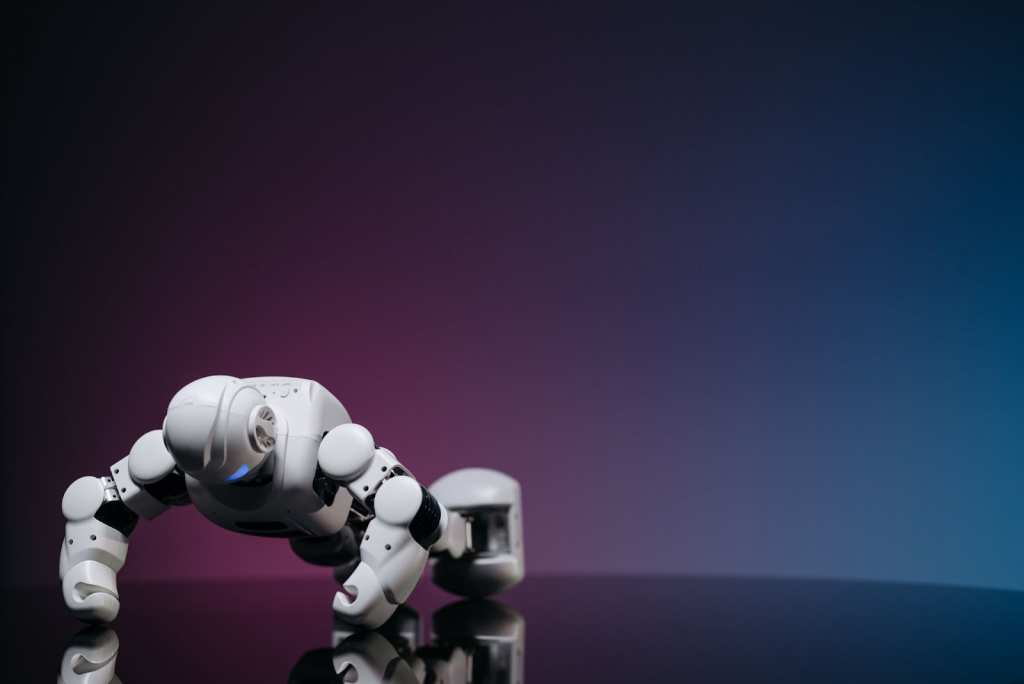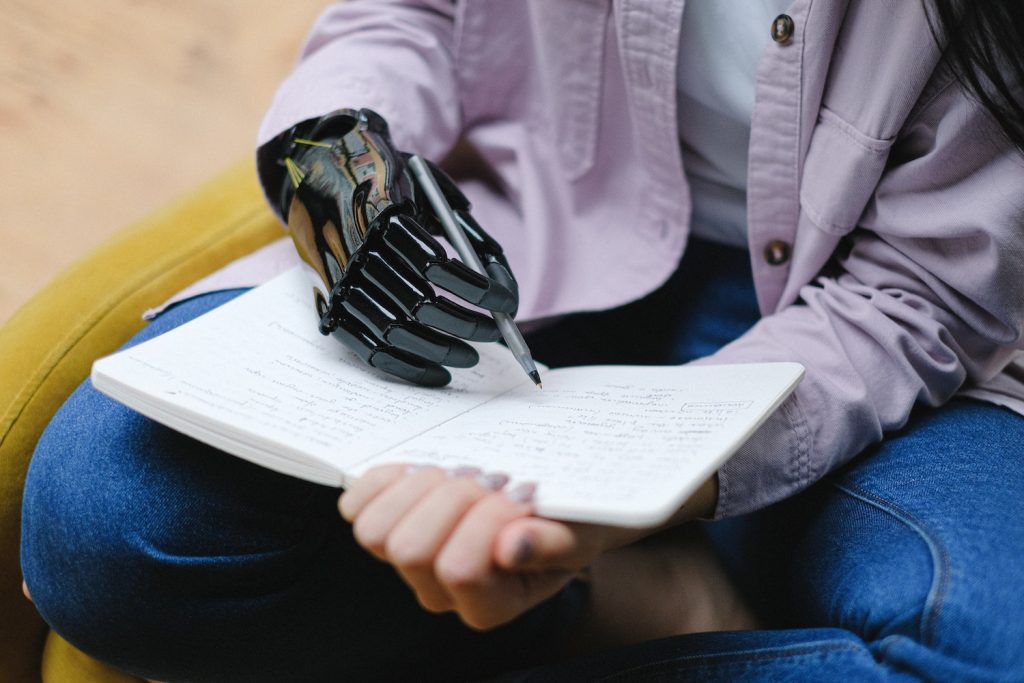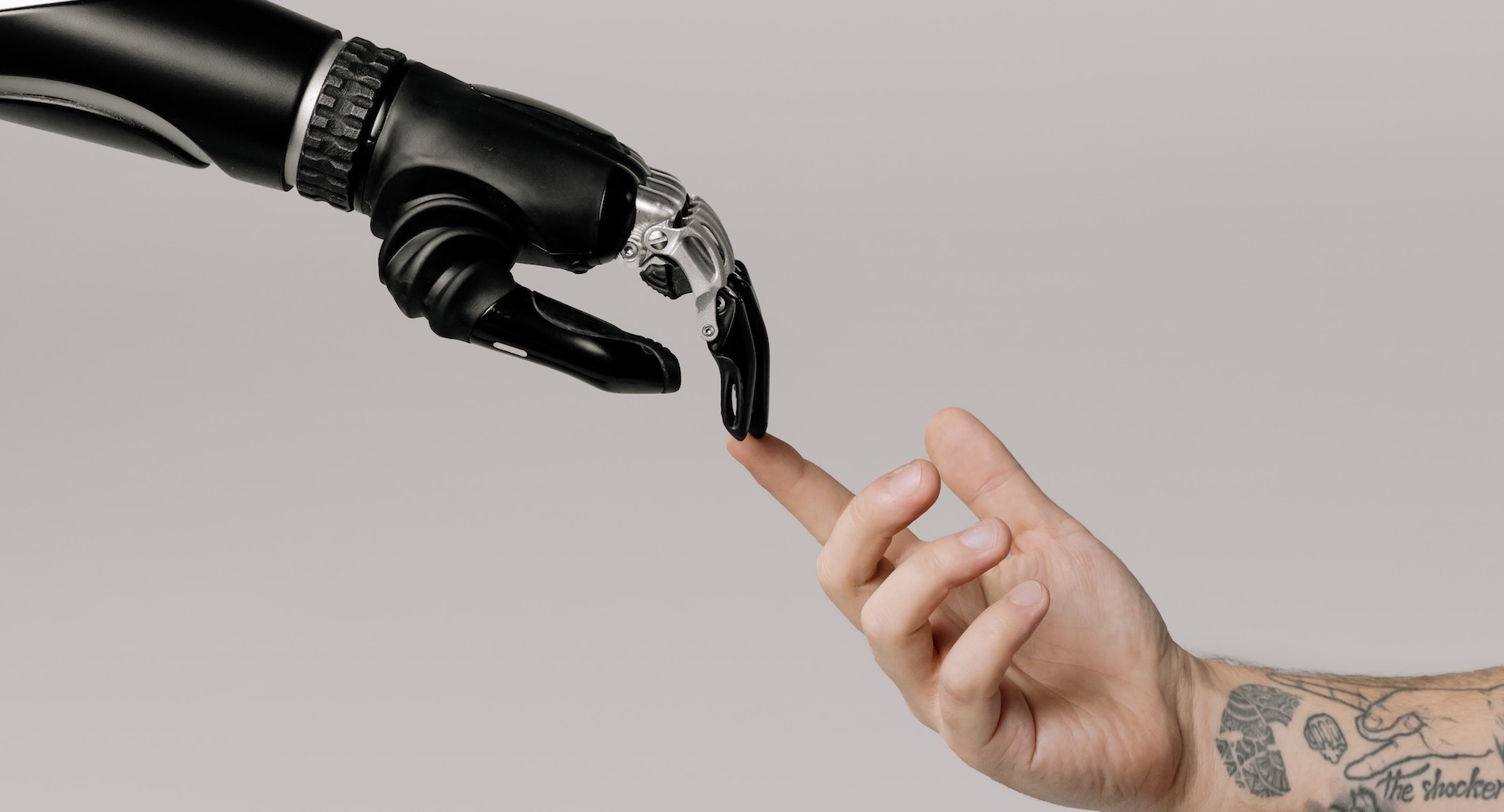Adrian Solca is the Experience Design Director at EPAM Continuum. Previously, he worked as Strategic Designer, Coach, Planner, Strategist and Information Architect for dozens of clients and industries worldwide for over 10 years, creating spaces that foster the exchange of ideas and experiences among designers, agile practitioners, product people and leaders of all walks of life.
The buzz around Artificial Intelligence (AI) and its impact on the Design Industry is not new. For years, experts and non-experts alike have predicted that AI will change the way designers work and even threaten the very existence of the profession. However, as a designer with years of experience in the field, I believe that this buzz is unwarranted, and that AI is just another tool that can help us do our job better.
Over the years, designers have seen the introduction of many tools that were supposed to revolutionize the industry. When Figma introduced an “auto-layout” function, were there fears that people who depended on creating layouts manually were going to be out of a job? Or when the iPad helped smooth a trace, illustrators thought to be on the brink of extinction? The reality is that these tools have not threatened the profession. On the contrary, they have made it easier for designers to create better designs faster.

AI is a valuable tool that can help designers perform their work with greater efficiency, and achieve better results. For instance, AI can be used to automate repetitive tasks such as resizing and reformatting images, color correction, or data analysis. AI-powered tools can also be used to predict user behavior, generate design concepts, or create personalized content.
However, while AI can enhance the creative process, it is essential to remember that it is still a tool and not a replacement for human expertise. The real value of design comes from understanding the user’s needs and crafting a solution that meets those needs. While AI can provide valuable insights, it is ultimately up to the designer to interpret the data and use it to create a design that meets the client’s objectives.
Moreover, while AI offers significant benefits, it is essential to be wary of the risks associated with the rise of Artificial Designers. These are individuals who may not have the necessary training or experience to create quality designs but rely heavily on AI to generate designs quickly. They may use pre-made templates or design concepts generated by AI tools without taking into account the unique needs of the client or the user.

The Rise of the Artificial Designer
The danger with Artificial Designers is that they can undervalue the work of real professionals who have spent years honing their craft. For example, a client may hire an Artificial Designer because they can generate designs quickly and cheaply, without realizing that the designer may lack the expertise to create a design that meets their specific needs. The result is a design that is generic and not tailored to the client’s objectives, which can be damaging to the client’s brand and reputation.
As designers, we need to be smart and recognize that AI is not the enemy. Technology has never been. It’s the people who misuse it that pose a threat. We need to call out the Artificial Designers and educate our clients that even though some tools make parts of the process easier, it still takes effort, experience, and actual knowledge to achieve results.
We need to care for our industry and our clients by ensuring that we deliver real value and not just empty promises. We need to be transparent about the tools we use and how we use them. We need to be ethical and honest in our work, ensuring that we are not just taking shortcuts but are delivering quality designs that meet the needs of our clients and users.

Artificial speculation
The buzz around AI in the design industry is unwarranted. AI is just another tool that can help designers do their job better. However, we need to be cautious about the risks associated with the rise of Artificial Designers. To mitigate these risks, it is important for designers to embrace AI but to also use it wisely. Designers should use AI to augment their skills, not to replace them. They should also be critical of the designs created by AI-powered tools and be prepared to make changes as needed. By working together, designers and AI can create a future where design is more beautiful, more functional, and more accessible to everyone.
* * *
Do you want to connect with Adrian? Find him on LinkedIn, Twitter, Instagram & Medium. You can also get a free taste of our streaming platform Design Matters + and hear his talk Designing a new Mentorship Model for Designers at Design Matters Mexico 23.
Cover image courtesy of Cottonbro Studio.










